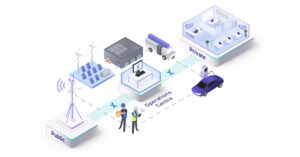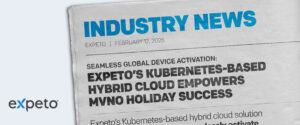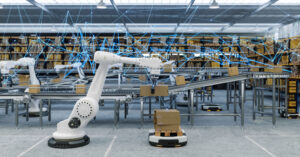Electric grids across the globe are being pushed to the limit. A widespread call for more sustainable energy is driving consumers and businesses alike to consider alternative energy generation resources like solar panels, wind turbines, electric vehicles (EVs) and battery storage. After decades of research and trials, these assets – commonly referred to as Distributed Energy Resources (DERs) – have finally become available to the general public at large. Indeed, as the U.S. Green Building Council reports, “DERs are currently having a moment, fueled by the rapidly decreasing cost of solar panels, increased interest in smart home appliances and electric cars, and…growing adoption of backup battery systems.”
While certainly a step in the right direction from an environmental perspective, this enabling component of the energy transition – away from carbon-producing fossil fuel-based generation to greener, more sustainable energy production – will not be simple. These modern technologies require a modern grid purpose-built to support a bidirectional flow of energy not just from grid to consumer, but also from consumer DERs back to the grid. However, many of the distribution grids still in use today are the very same ones designed and built to accommodate 20th-century power systems and practices, explains the International Energy Association (IEA) in their May 2022 report, Unlocking the Potential of Distributed Energy Resources.
The challenge of modernizing the grid to better accommodate increasing adoption of DERs becomes most apparent when looking at the numbers. From 2019 to 2021, PV systems (i.e. solar power generators) had a combined peak output higher than the peak consumption of France and Britain combined. Meanwhile, global EV stock tripled from 2017 to 2020, with electric car registrations increasing by 41% in 2020. According to the IEA’s estimates, by 2030, nearly 100 million households will be equipped with distributed PV panels, and annual battery demand for EVs will rise by over forty times from what it was a decade earlier.
As these statistics show, the energy transition is happening right now. But these changes are taking place on a grid that is wildly unprepared. As recent as 2015, 70% of power transformers and transmission lines in the United States were at least 25 years old. And in the European Union, it’s the same story: in 2020, 25-35% of low-voltage power lines were more than 40 years old.
With outdated infrastructure forced to accommodate ever-increasing DER loads, utilities are facing a ticking clock to catalyze action in a traditionally slow-moving industry. The total modernization of the grid is no longer a future initiative, but a short-term necessity. And with a growing portion of electricity produced by variable renewables, utilities require unprecedented flexibility, visibility and control to ensure reliable, sustainable, secure and safe energy delivery to their customers.
These newfound needs of the modern utility demand a complete overhaul of the connectivity foundations that power energy delivery. Digitalizing the grid – until now considered too costly and complex to be of value – has become imperative to the industry’s success. And as utilities prepare to add two billion devices over the next couple of years, they must ensure that they set themselves up for success with a proven approach to grid modernization that prioritizes security, flexibility and visibility.
Expeto’s NeXtworking® platform for enterprise mobile networks is the wide area networking foundation utilities need to drive grid modernization rapidly, affordably and most importantly, safely. With the potential for DERs to be located anywhere in their service area, utilities must be absolutely certain that their network can reliably cover thousands of square miles. By leveraging Tier-1 carriers’ existing public mobile networks, Expeto has fostered the ability for utilities to rapidly achieve a private networking experience equipped with end-to-end control and visibility of all utility networks, devices and data. This software only solution smashes the complexity, costs and lengthy timelines of alternative approaches to private mobile networking that have prevented innovation, and made grid modernization hard to justify from a business perspective. Digitalizing the grid has finally become possible – and as the industry is all too aware, not a moment too soon.
For more information on Expeto’s Enterprise First® mobile networking solution for utilities, click here.






